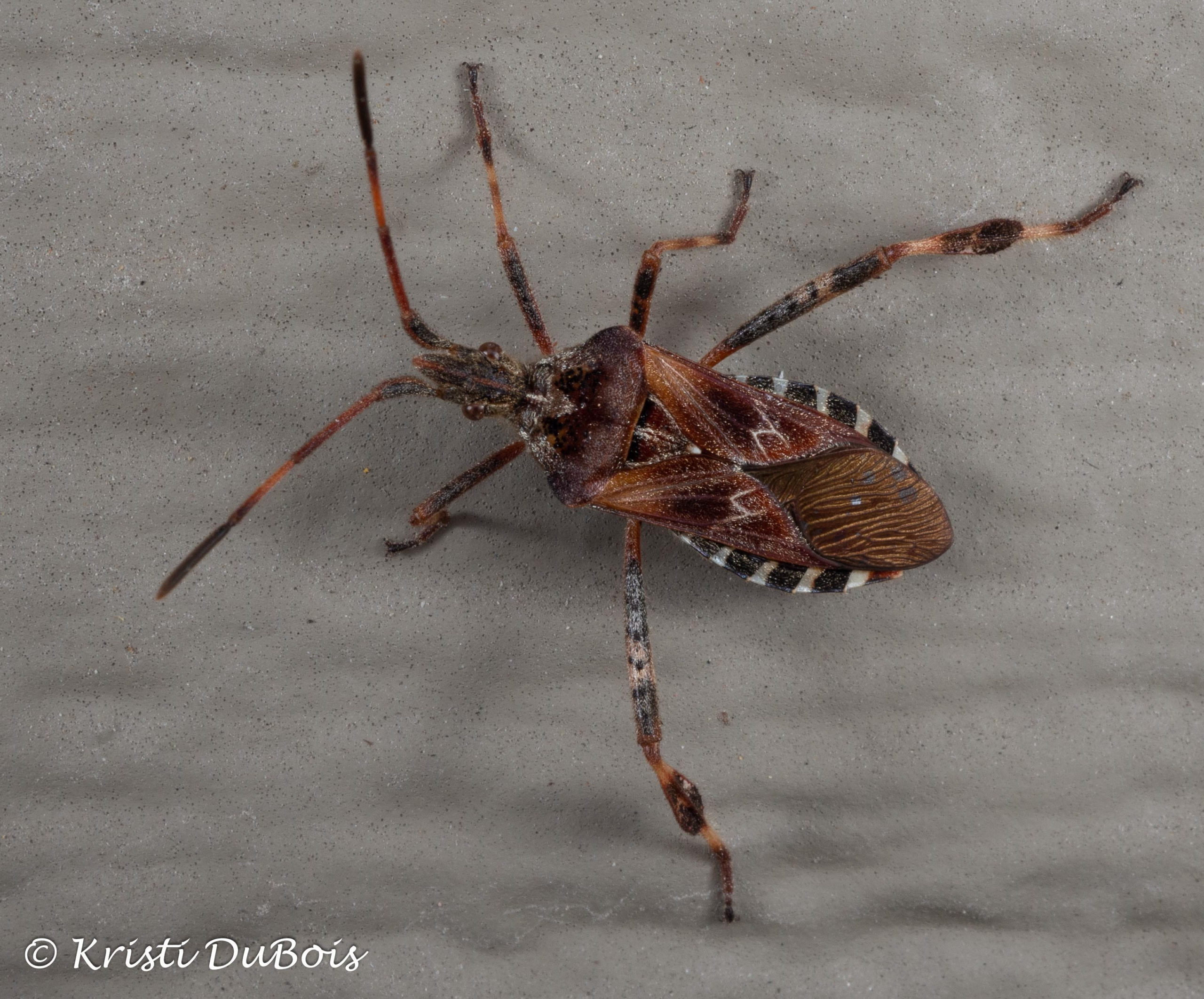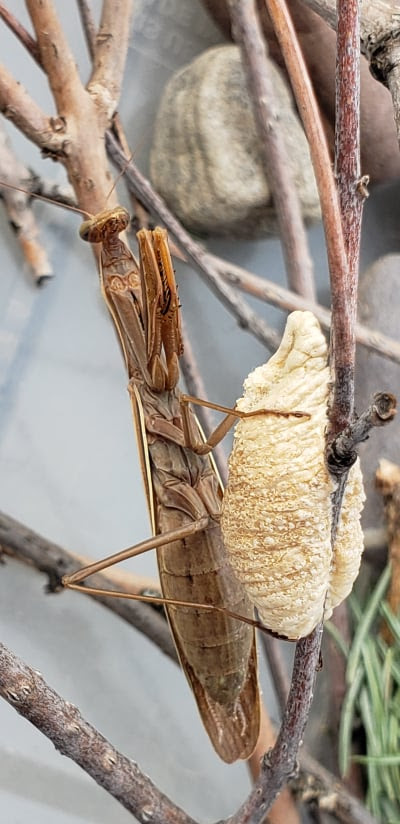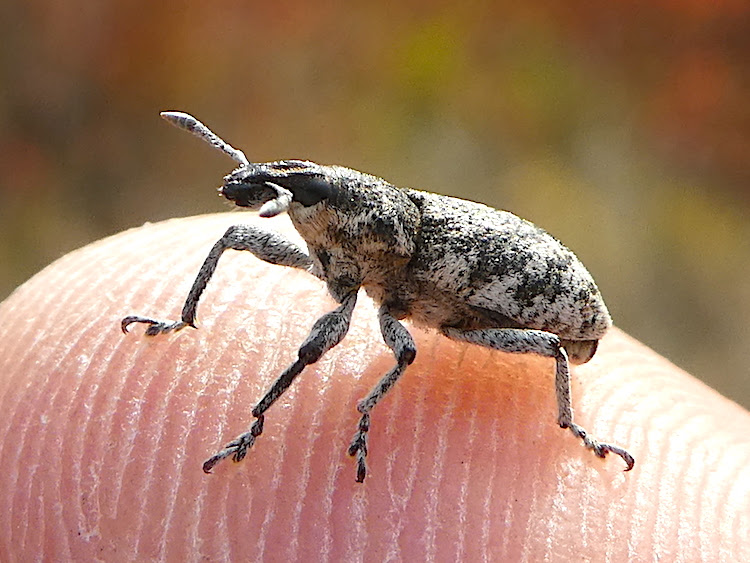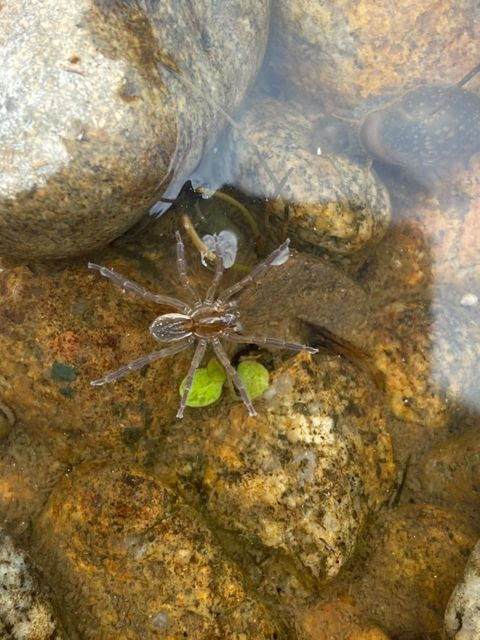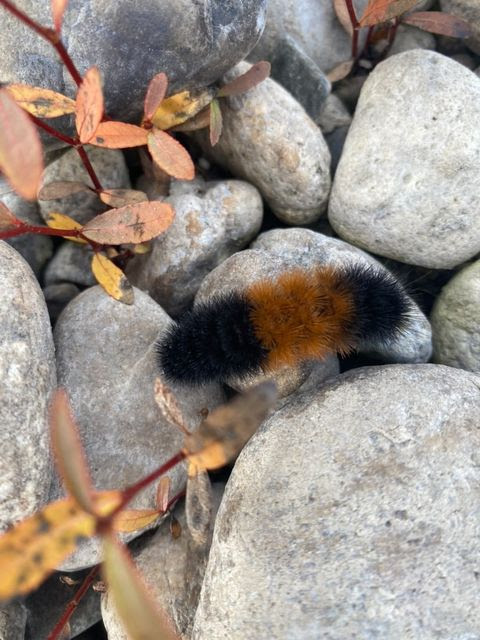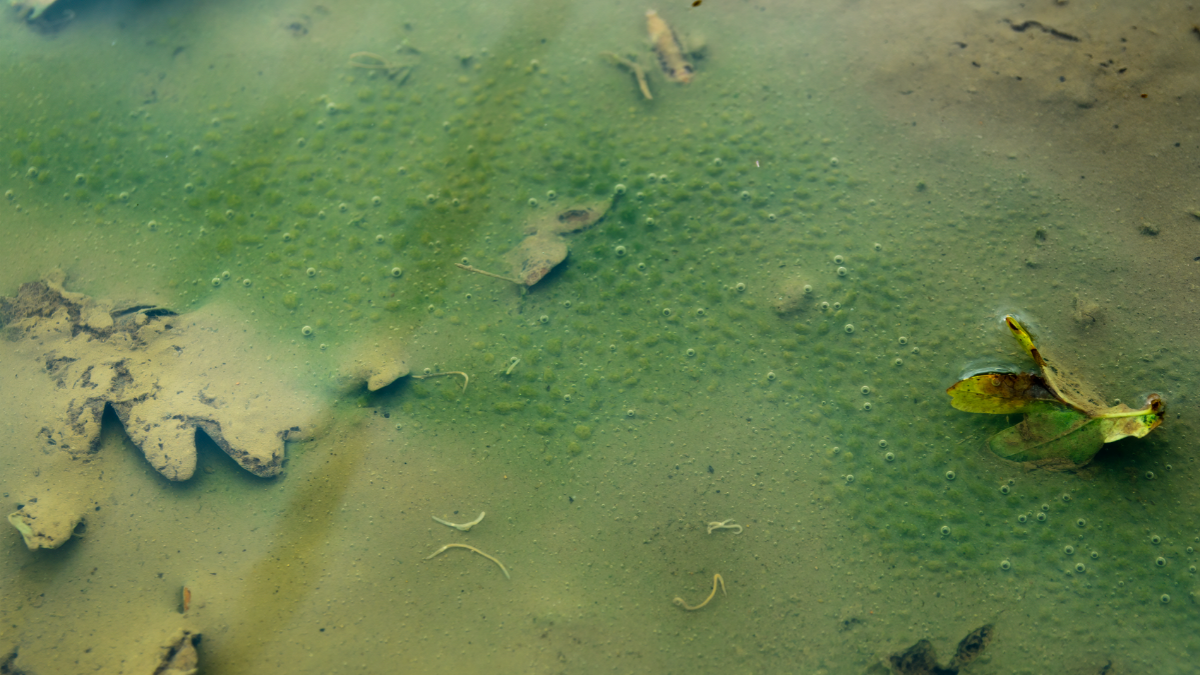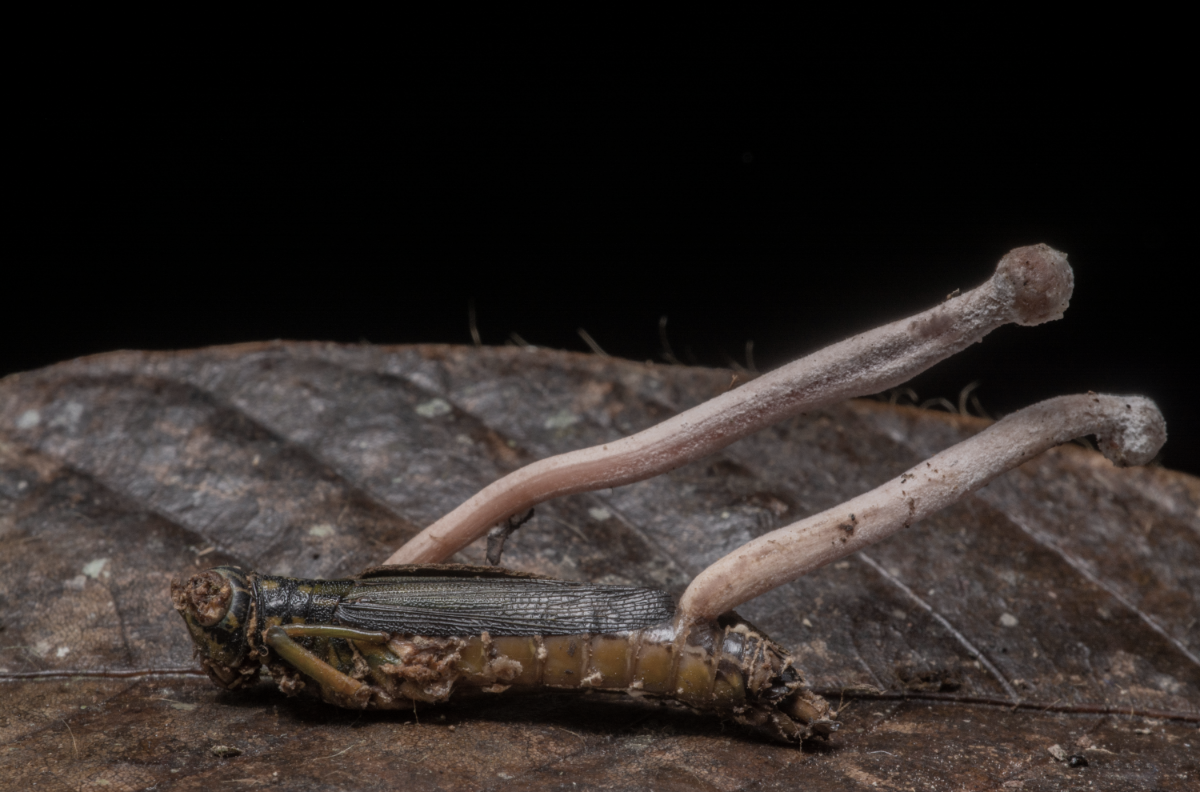We know this particular moth is a male because the females have no wings! Vancouver Loopers are found from northwestern British Columbia south to central California, and eastward to the nearer slopes of the […]
Read MoreArticles by Misty Nelson
Western Conifer Seed Bug (Leptoglossus occidentalis)
These insects will often enter your home this time of year, whether invited or not. They aren’t looking to eat anything, just a warm place to hang out until spring. […]
Read MoreEuropean Praying Mantis (Mantis religiosa) and Ootheca
Our Development Director recently appeared on the news to talk about the high volume of praying mantis sightings in the Missoula area. Perhaps you’ve seen one, two, or even a few this year. […]
Read MoreA Flat-backed Millipede (Montaphe elrodi)
We believe this is Montaphe elrodi, a species native to the northwestern United States. Millipedes and centipedes both have a lot of legs, but they have some key differences. Millipedes are slow-moving, have two pairs […]
Read MoreSpotted Knapweed Root Weevil (Cyphocleonus achates)
Similar to the European Praying Mantis, the Knapweed Root Weevil is also an exotic species. However, in this case it was introduced on purpose to help combat another exotic species […]
Read MoreSix-spotted Fishing Spider (Dolomedes triton)
This Six-spotted Fishing Spider is one of eight species of fishing spiders in the Dolomedes genus found in the US and Canada. It is greenish brown with distinct white lines and spots. […]
Read MoreWoolly Bear Caterpillar (Pyrrharctia isabella)
This is the iconic caterpillar that is said to predict the severity of the upcoming winter. Woolly Bears are common throughout North America at lower elevations and feed on a wide […]
Read MoreNotes from the Lab: I Vant to Suck Your Blood
Welcome back to the lab! And a Happy Halloween to you all! We’re wrapping up this month’s spooky topics with the vampires of the insect world. We’ve already covered mosquitoes and ticks, the most […]
Read MoreNotes from the Lab: The Siren’s Call
Welcome back to the Lab! Parasites have long occupied a niche space within the horror genre. Think Alien (1979), Shivers (1975), The Thing (1982), and the metaphorical (yet aptly named) Parasite (2019). While these examples may be exaggerated, […]
Read MoreNotes from the Lab: The “Z” Word
Welcome back to the Lab! I live for horror movies. So it should come as no surprise that October is my favorite time of year. This is the month that […]
Read More
